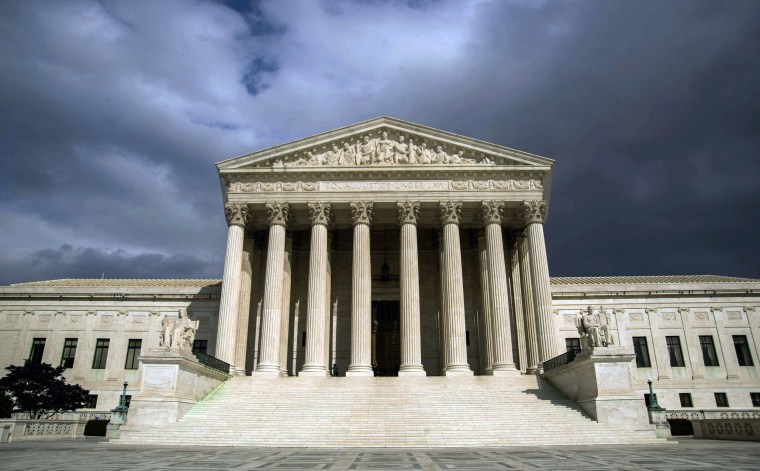The U.S. Supreme Court agreed on Tuesday to hear a pivotal case that could change how the nation’s political districts are drawn by counting only people who can legally vote rather than the total population.
A ruling in favor of “Project on Fair Representation”, a conservative organization in Texas that is funding the lawsuit filed by two Texas residents, could affect the political power of Latinos especially those from states with historically large populations and Republican Southern states which have experienced huge population growth. The voters say their rights to equal votes are being denied because officials in their state used U.S. Census data to draw districts and those figures include children and people who are not voting eligible citizens.
The group opposes racial and ethnic classifications and has been behind Supreme Court challenges to affirmative action and the federal Voting Rights Act.
The court's 1964 ruling in Reynolds v. Sims established the one person, one vote principle and means that a state's legislative districts must have roughly the same number of people. But the court has never determined whether the state must count everyone or just eligible voters — or have some leeway to choose.
A ruling for the challengers would shift power to rural areas and away from urban districts in which there are large populations of immigrants who are not eligible to vote because they are children or not citizens.
The case, Evenwel v. Abbott, 14-940, will be argued in the fall.
